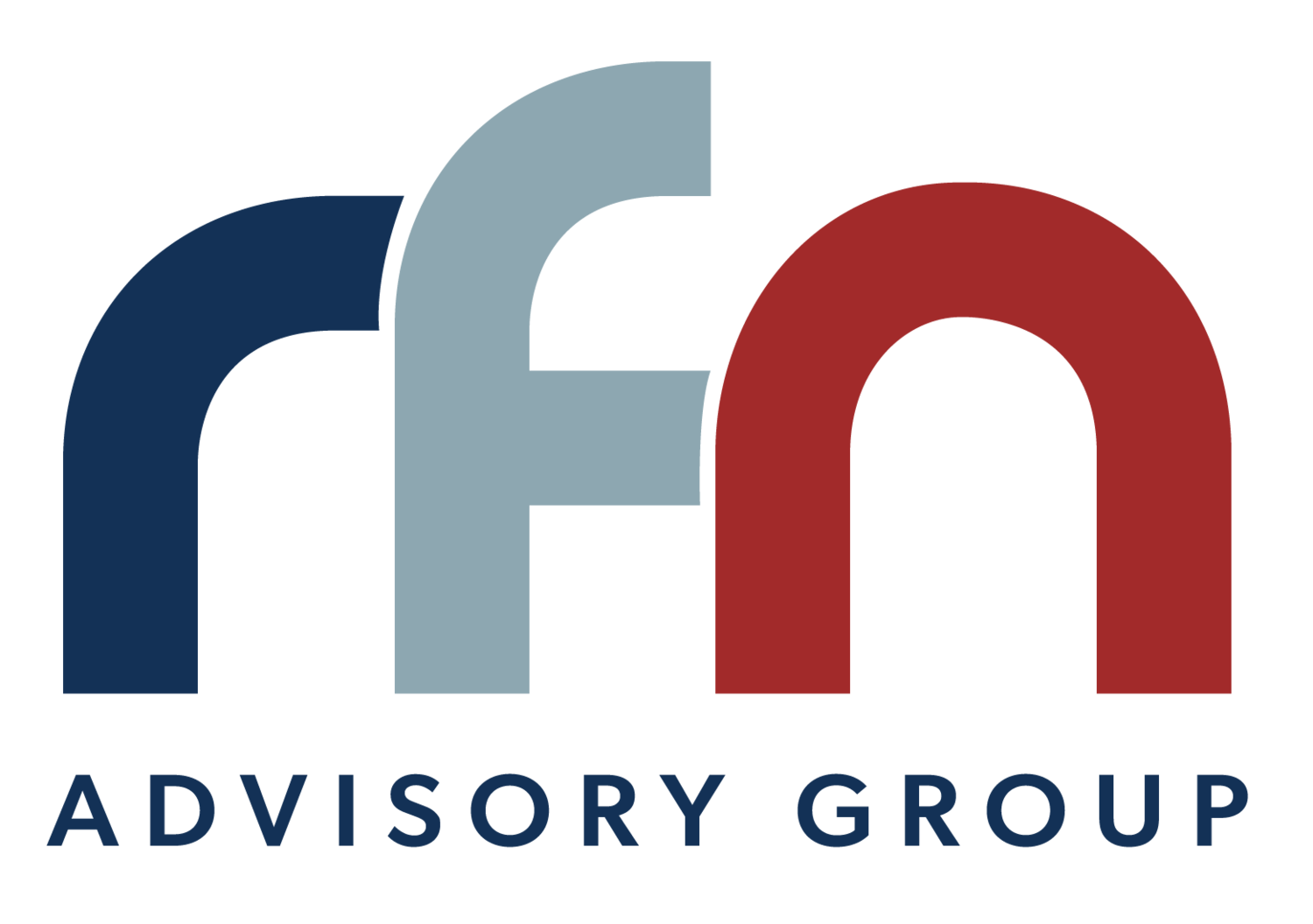Are you and your business rolling with the punches? Or getting knocked out?
Risk reduction has an outsized impact on business value, so we spend a lot of time thinking about how it shows up and how to manage it. A traditional framework for risk management within private companies involves breaking risk into five categories: strategic, operational, financial, regulatory/legal and reputational.
On one hand, an approach like this can be valuable because it helps us categorize and name the issue, so we have a clear path forward. But on the other, discrete categories can fail to capture the messiness of risk. COVID, for example, easily fits into all five categories.
Reframing our approach into a VUCA model is how we can successfully track and respond to risk. Short for volatility, uncertainty, complexity and ambiguity, VUCA was first described in the 1985 book “Leaders: The Strategies for Taking Charge,” by economists and university professors Warren Bennis and Burt Nanus. The acronym encompasses the various external factors challenging management and leadership and outlines the consequences of being unprepared.
As humans, we have a strong desire for stability and predictability. This desire can serve to bias us and our decision making and forces us to react to risk rather than respond to it. While similar, these are two very different things. Reacting means we are on the back foot, off balance and thinking with blinders on. We are at the mercy of whatever comes our way. Responding, in contrast, means we are observing the unexpected, taking the time to be intentional with our planning, and then moving forward with clear intent. The Growth Equation illustrates the difference between these two processes beautifully:
Reaction: Something happens. You panic. Then you proceed.
Response: Something happens. You pause. You process. You plan. Then you proceed.
If we assume VUCA is an adversarial environment – hostile to your short and long-term business interests – and we know there is only so much stability and predictability available to us, we bypass our cognitive biases telling us to dismiss what threatens our needs. We assume a posture of response rather than reaction.
Like integrating any new system, adopting a VUCA framework in your risk management strategy takes time and effort. It may not be easy, but it certainly isn’t more difficult than facing unprecedented challenges without a strategy. We recommend starting slow by learning more about the following three things:
1. Incrementalism
A simple definition is “the belief in or advocacy of change by degrees; gradualism.” In taking small steps, we make chains of small changes that can lead to morale boosting quick wins. Small steps can also be clearer and more easily implementable for task performers in situations where time is limited and the pressure to act is high. Flexibility and adaptability come naturally to this approach because the amount of time spent planning for various, complex outcomes is avoided. Drawbacks to this potentially fragmented approach however, include strategic drift and firefighting so be careful if you decide to implement this approach.
2. Enhanced resiliency
Daily, we are confronted by the fact we’re living in an increasingly VUCA world. To be effective leaders in the face of intense unpredictability, we must be able to bounce back quickly from adversity and thrive in challenging circumstances. In effect, we must be more resilient. Steve Magness talks about ways to cultivate this inner fortitude in his book Do Hard Things: Why We Get Resilience Wrong and the Surprising Science of Real Toughness. Give that a read and also consider taking the owner dependence scorecard, a free RFN Academy resource designed to help you identify how owner or c-suite dependent your organization is. A business cannot truly be resilient if it is dependent on key leaders.
3. Professional Planning
The average business owner doesn’t have a lot of time, so the idea of carving some out to search for a trusted advisor can be easy to put off. This is especially true when we know there are gaps in our knowledge but don’t know how to go about filing them. We suggest owners watch a handful of videos from our how do I? series to get a feel for what resonates with them and their business. Once armed with this information, homing in on the right kind of advisor can be easier and more efficient.
For even more information and education, check out the following programs:
Rapid Risk Reduction Sprint – this multi-part solution is designed to help owners manage risk in today’s VUCA environment. With a focus on building your team’s decision-making competencies, learn to take a collaborative approach to identifying, assessing and managing major risks that impair performance and possibly threaten your company’s survival.
How to Harvest the Value of Your Business program – Learn the fundamentals of transition readiness and value acceleration from instructor Sean Hutchinson. Gain the knowledge and tools needed to make the most of your business ownership journey and prepare for what comes next.
Harvest the Value of Your Business and Know Your Transition Options program – Increase your odds of a successful business transition by exploring your options in depth and discovering what your business looks like to an outside buyer.
